Week of August 2nd
New updates: Web Messaging Experience, Automatic Messages & GBM Authentication
Features
Structured Content Enhancements
Structured content allows you to provide rich experiences for your customers within the messaging window. This release brings support for multiple new styles and customizations for structured content. For more information on how to take advantage of these new features please visit our developer page for JSON examples.
Accordion-Style Structured Content with Multi-select
Allow users to select from up to 20 options which can be expanded to provide additional information.
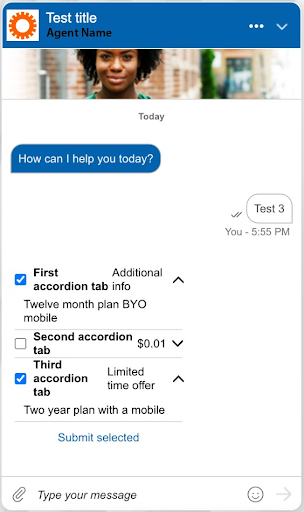
Web-messaging-accordion-style
Single/Multi-Select Card Carousels
Card Carousels can now be configured to allow customers to select single or multiple options. Cards can be displayed with configurable text color and formatting. Up to four customizable buttons can be displayed at the bottom of the carousel for customer response.

single-multi-carousel
Support for “Add to Cart” Functionality
Allow users to select “add to cart” within the messaging window and see that item added to their cart on your webpage. When the button is clicked it will initiate a function call on your webpage which can be used to update the user’s cart.
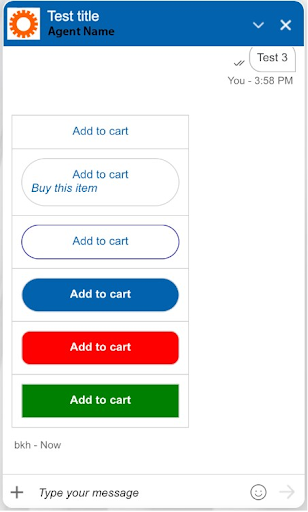
add-to-cart
Scrollable Text Fields within Structured Content
You can now display large blocks of text within a scrollable field allowing for content, such as terms and conditions text or large product descriptions, that is typically too large to display in the transcript. The field can support emojis as well as HTML formatting. Customizable buttons can be populated at the bottom of the field for customer response.
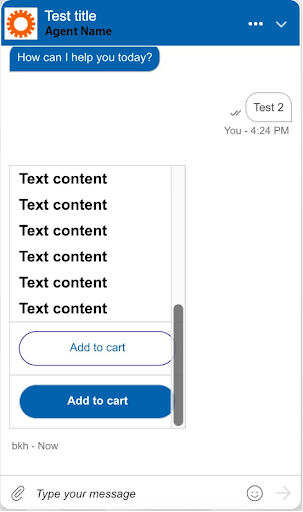
scrollable-text-fields
Support for Tabs within Structured Content
Displays a list of tabs which can be selected to show text based content.
Web Messaging Window Enhancements
New options are available for customizing your user’s experience within the Web Messaging Window
Hover Over Effects
New effects support changing text and background colors for quick replies and multiple choice options when a customer hovers over them.

hover-over
Large Header with Logo Support
Customize your messaging window to include a logo and larger text in the header.
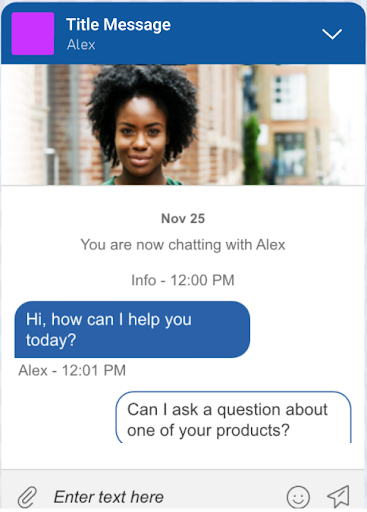
Large Header with Logo Support
Enhancements
Next Best Conversation (NBC) - Support for Dynamic Variables from SDEs
Using Next Best Conversation™ with Adobe allows you to trigger multiple engagements to provide personalized experiences based on targeting information. With this latest enhancement authenticated SDEs, such as customer name, can be used to customize welcome and greeting messages.
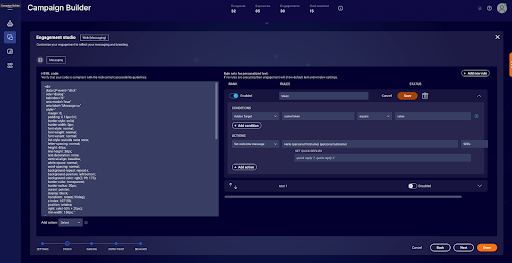
Next Best Conversation (NBC) - Support for Dynamic Variables from SDEs
Close Window when Agent Ends Conversation
A new configuration is available which will close the window for the user automatically when a conversation is closed by an agent.

Close Window when Agent Ends Conversation
Enhancements
More flexibility with Automatic Messages
Now admin can configure the automatic messages based on conversation SLA.
Currently, if a skill's SLA is set to 10 minutes and the "agent non-responsive" message is set to trigger 3 minutes if the agent has not responded to the consumer in that time frame, the "agent non-responsive" message will fire after 3 minutes.
Applicable to "agent non-responsive" and "conversation waiting in queue" auto-messages.
Enablement
Admins can configure it using Edit automatic message option in Campaign Manager for the particular auto message.
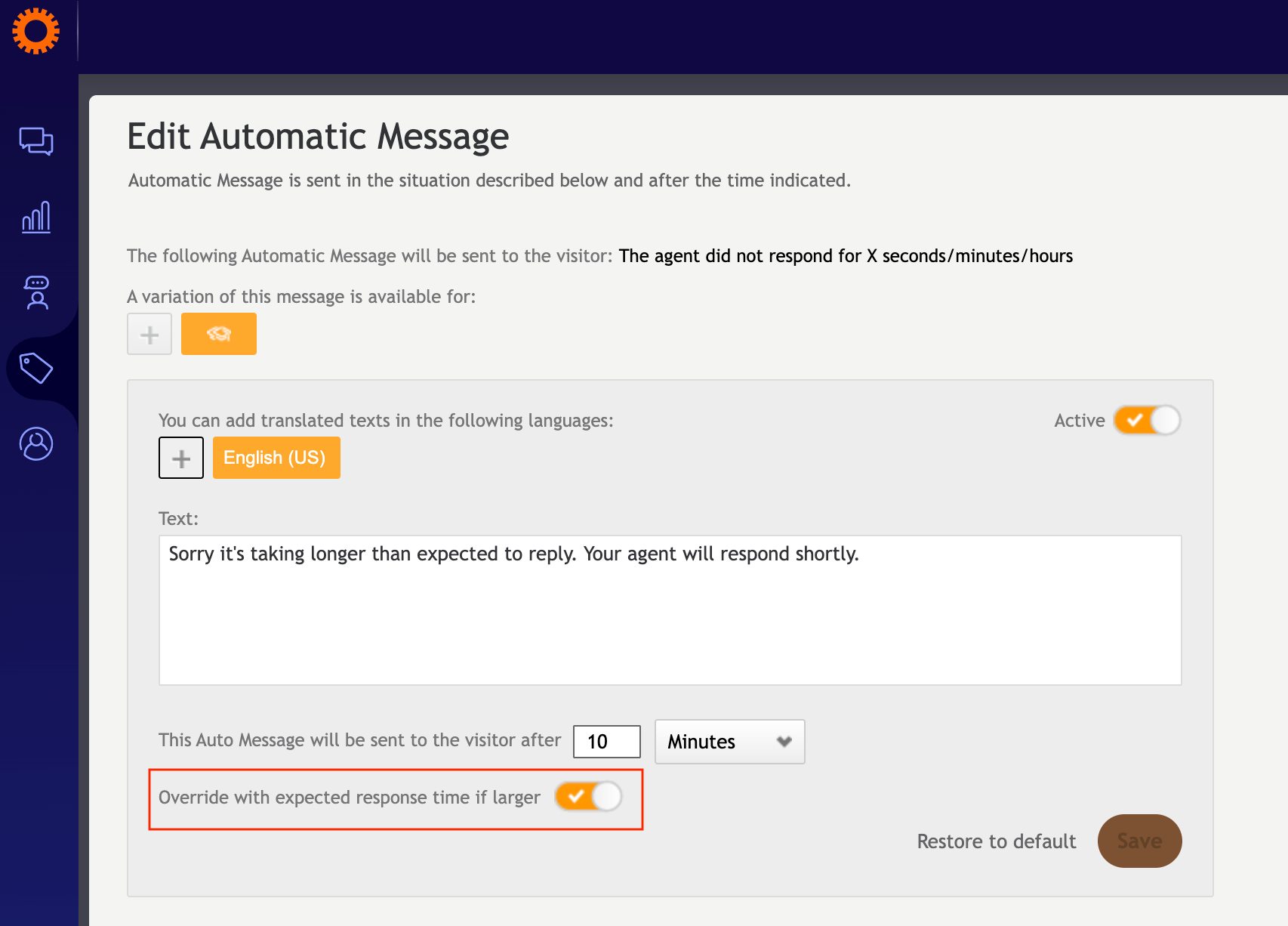
Enablement
Benefits:
- Improved SLA Compliance: The enhanced system ensures that the auto message is sent only after the SLA timeframe has elapsed, promoting better adherence to the agreed-upon response times.
- Enhanced Consumer Satisfaction: By avoiding premature auto message triggers, consumers will experience a smoother conversation flow, reducing potential frustration caused by receiving the message too early.
- Customizability: Administrators can adjust the auto message trigger duration according to their organization's needs, balancing responsiveness and consumer expectations.
- Streamlined Support Processes: Aligning the auto message timing with the SLA reduces unnecessary interruptions for agents, allowing them to focus on resolving consumer queries within the defined SLA timeframe.